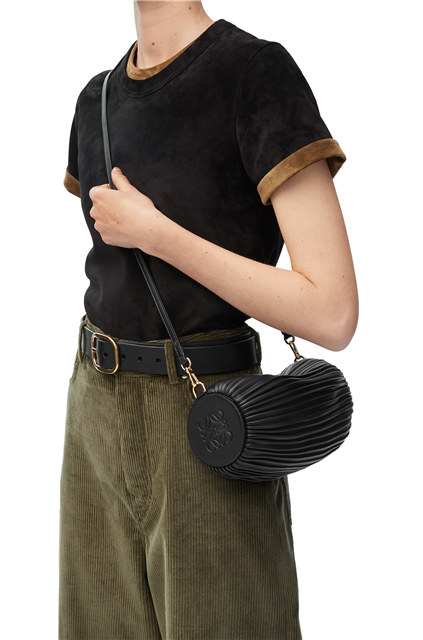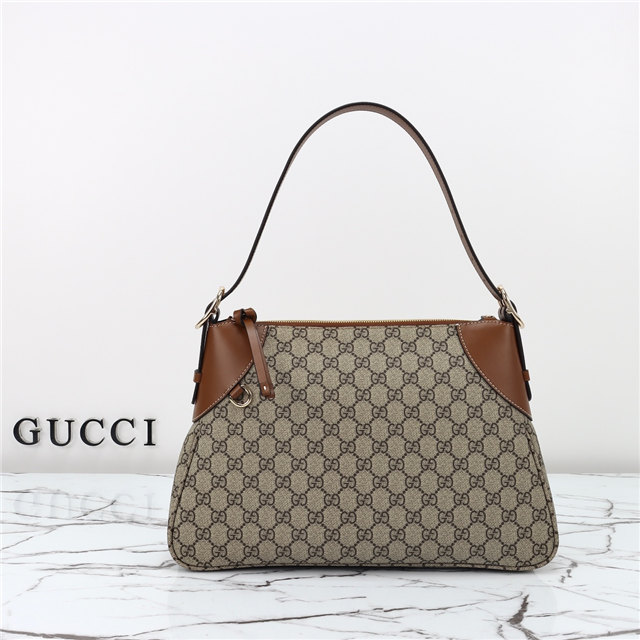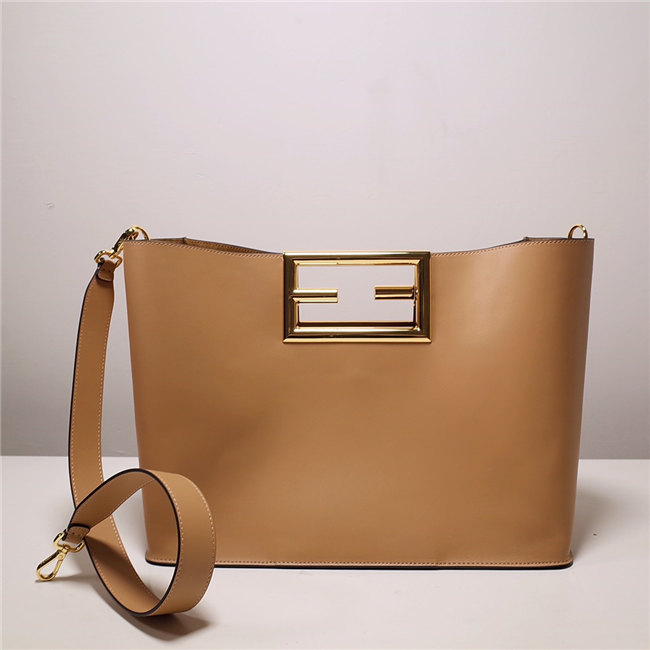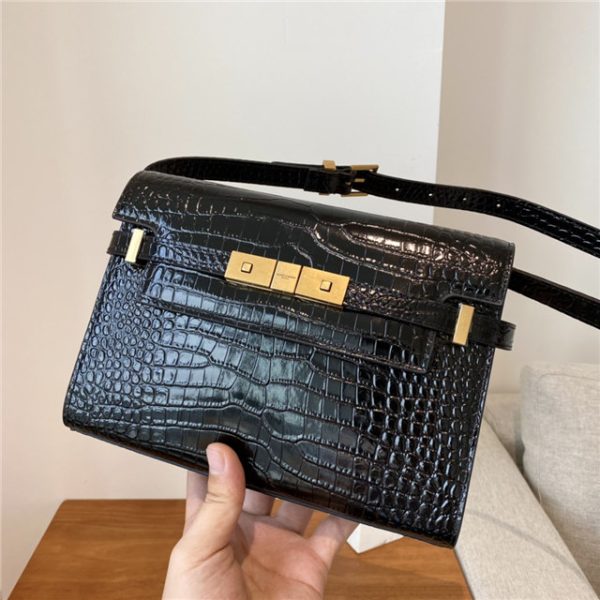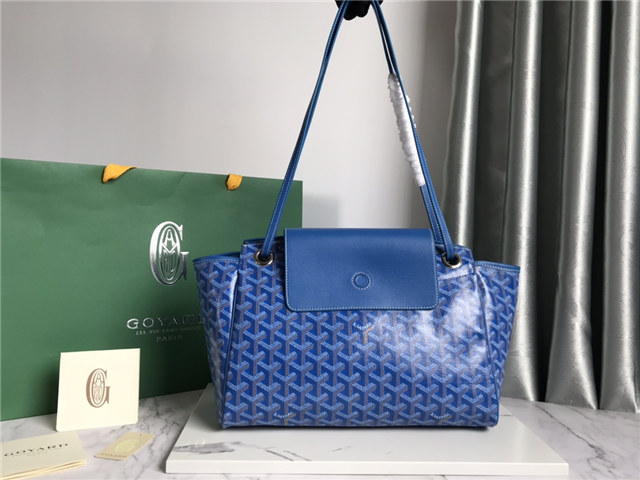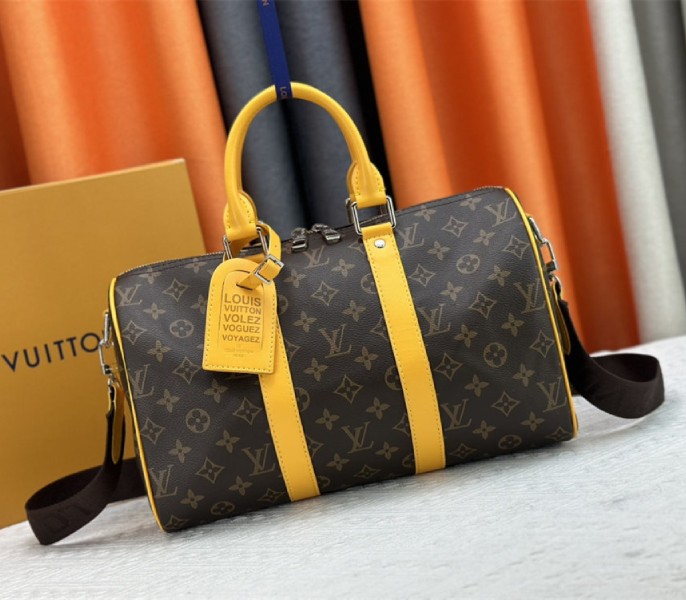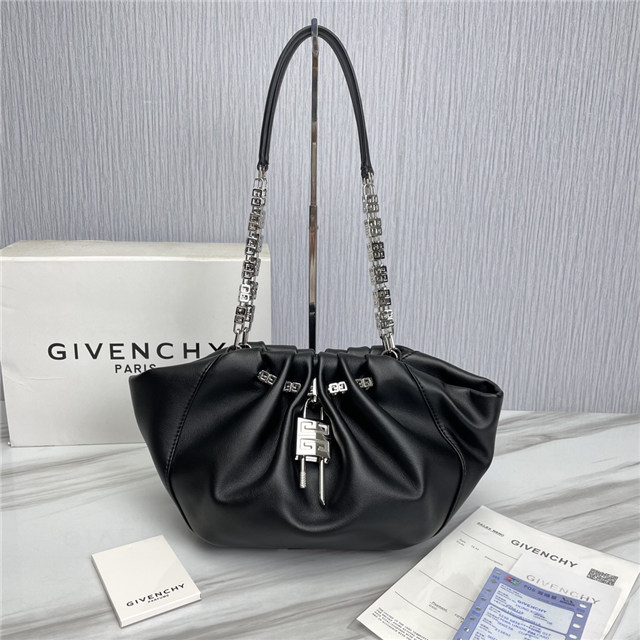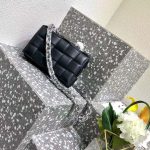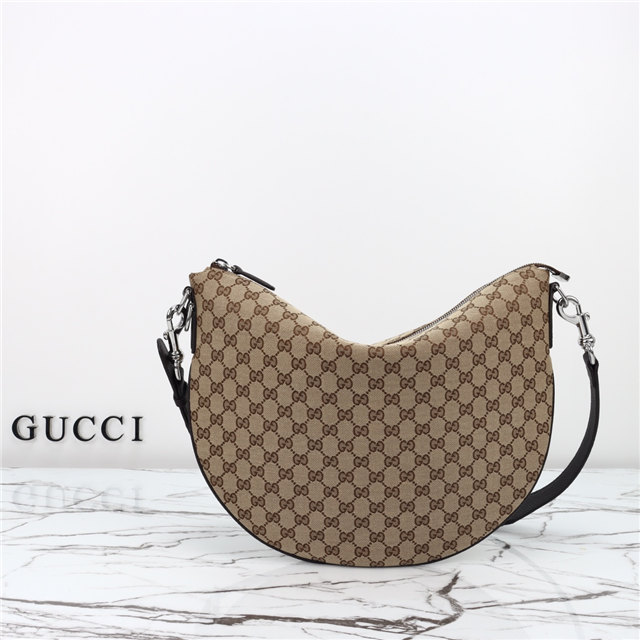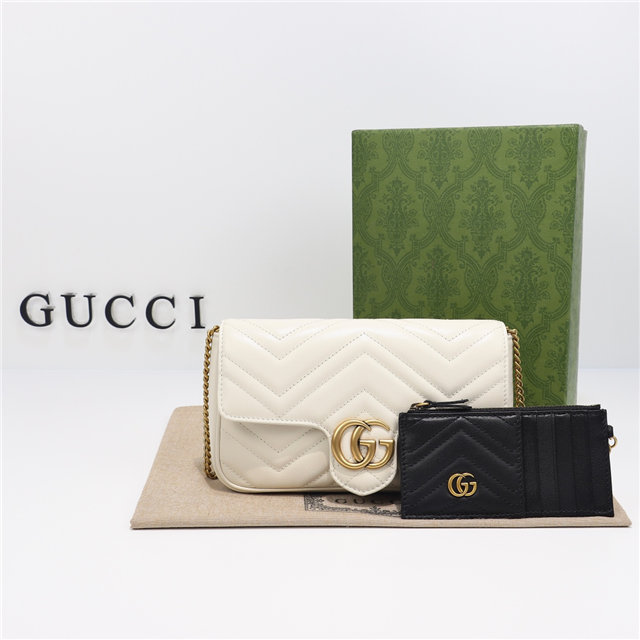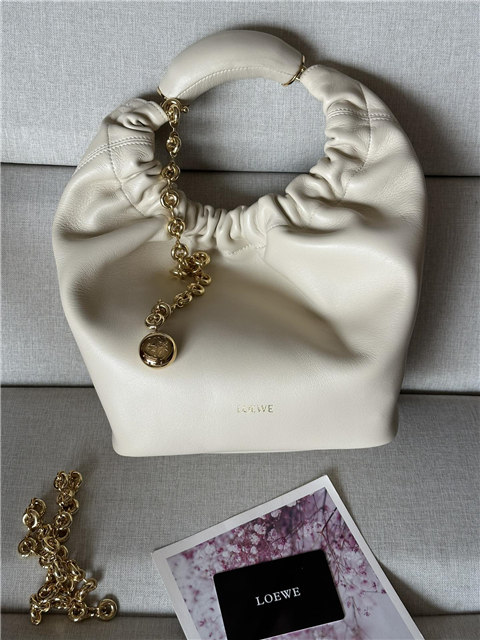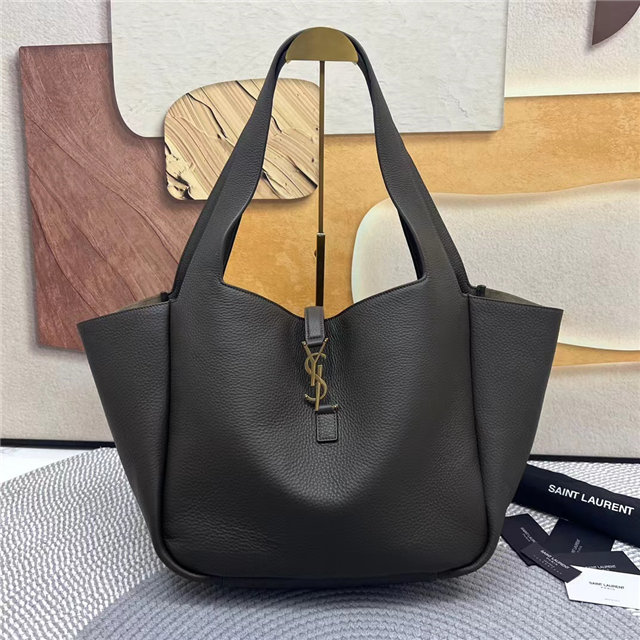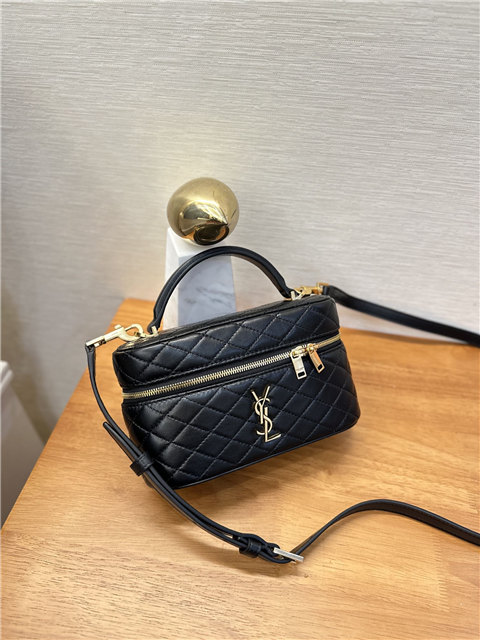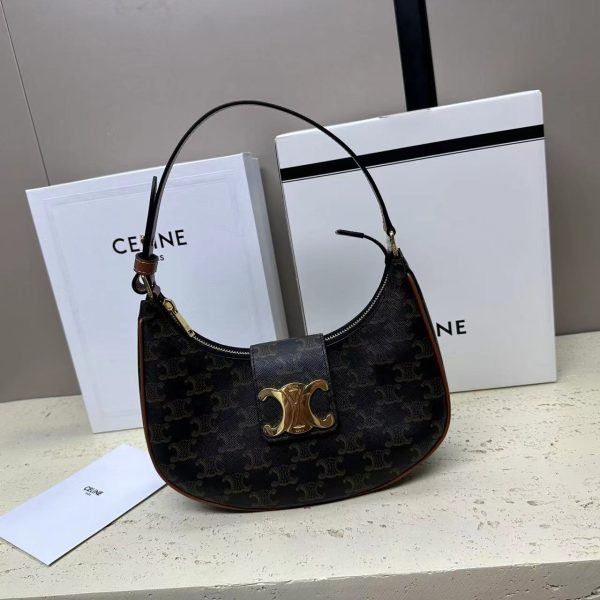So, first things first: *packaging*. It’s not just about getting the scarf *to* you in one piece (though that’s kinda important, duh). It’s about preserving it *after* you get it. I’ve seen some seriously sad-looking Hermès scarves that look like they’ve been dragged through a hedge backwards. Don’t let that be *your* scarf!
Now, obviously, the official Hermès box is kinda iconic. That orange… mmm. But honestly? Sometimes you gotta think outside the box (pun intended, sorry not sorry). I mean, vintage orange Hermes scarf gift box Storage Packaging Orange…that’s a vibe! But is it *practical*? Maybe. Depends on your storage situation. I personally think it’s kinda cute to keep them in the original box, like a little treasure chest.
But okay, let’s get real. We’re talking about *discreet* packaging. Maybe you’re ordering this as a sneaky gift, or maybe you just don’t want your nosy neighbor knowing you blew half your paycheck on a scarf (no judgement here!). In that case, look for shops that offer plain packaging options. Or, you know, just tell them to wrap it in a brown paper bag. Kidding… mostly.
The *real* key, though, is what’s *inside* the packaging. This is where the “acid-free tissue” comes in. Seriously, don’t skimp on this. Silk is a delicate little diva, and it needs to be coddled. Acid-free tissue will protect it from discoloration and other nasty things that can happen over time. Think of it like sunscreen for your scarf.
And speaking of time, Proper storage of your Hermes scarf is critical in maintaining its quality and beauty. Silk is a delicate fabric that can easily get damaged if not stored correctly. Exposure to…well, exposure to *anything* really! Sunlight, dust, moths… they all want to ruin your fun.
So, once you’ve got it wrapped in acid-free tissue (like a silk burrito, basically), where do you put it? This is where things get personal. Some people swear by rolling them, others prefer folding. Personally, I’m a folder, but I try not to make too many harsh creases. You want to avoid those permanent fold lines that can ruin the design. Maybe hanging it is the best option for you – go for it!
And for the love of all that is holy, keep it away from humidity! A damp scarf is a sad scarf. A cedar closet is your friend. Or those little silica gel packets you get with new shoes? Those are lifesavers.
Oh, and one last thing! Authentication! Before you even worry about packaging, make sure you’re not getting ripped off. I’ve seen some dodgy Hermès scarves out there. So, do your research. There are tons of guides online (As you might know from some of my Chanel posts I LOVE chatting about authenticating luxury items, so today we are going to chat about how to tell a real Hermes scarf…) Look for the telltale signs – the hem, the signature, the quality of the silk. Don’t get caught out!

